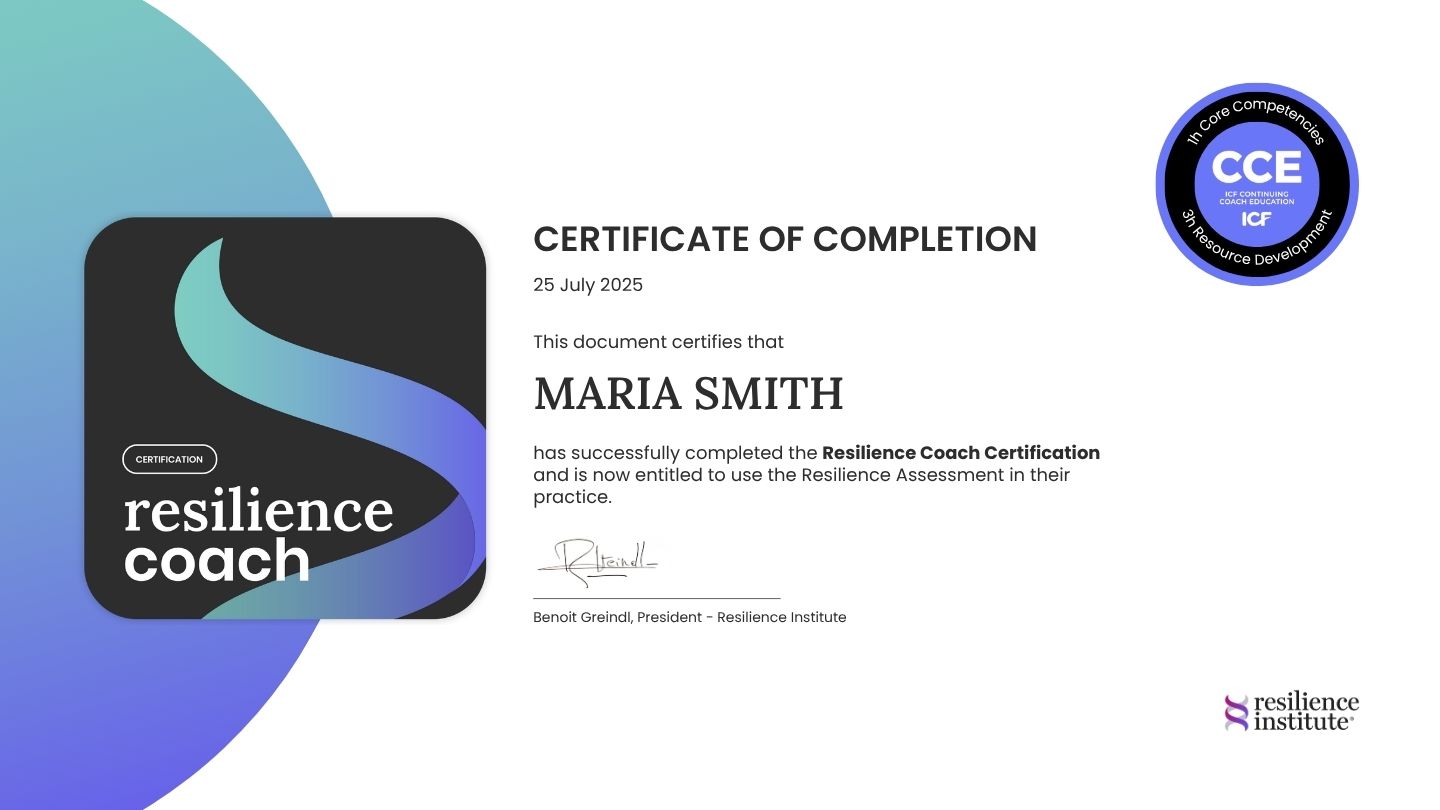
30 Ways to Manage Stress in the Workplace
Volatile, Uncertain, Complex and Ambiguous (VUCA) is how strategists describe the modern workplace. Everything is also moving faster. Many work processes that used to take weeks – letters, reporting, travel – are now instantaneous. Humans are not equipped for this turbulent assault of information, opinion, news, competition and distraction. Many feel overloaded, busy and stressed. A quick look at the rise of anxiety, depression, attention disorders, sleep problems, relationship conflict and stress-related health conditions, will leave you in no doubt that the workplace has a big problem. Here are our top thirty recommendations. We will work through language, leadership, rhythm, culture and personal responsibility.
Language
1. Stop using the word “stress” as fast as you possibly can. It is sloppy language that will confuse everyone. The language in your workplace is subtle but powerful. Get it right.
2. Define external pressure as challenge (never as “stress”). When things are VUCA, let people know that it is intense “out there” and you have challenges to address.
3. When you feel challenged but still motivated and energised let people know that you are fully engaged (never “stressed”). If you are on top of your game, say “relaxed and in flow”.
4. When you feel overwhelmed, uncomfortable and fragile, you are “distressed”. Distress is suffering and counter-productive. Distress is the body’s alarm system. You need to hear it and take action to bounce.
5. Define the difference between acute and chronic distress. Occasional, short bursts of distress are normal and adaptive. This is the acute stress that happens with a fire alarm. Persistent and relentless distress is abnormal and dangerous. This chronic distress is perhaps the greatest risk to your people and your business. It is the mental health disorder of our time.
6. Be clear that the opposite of distress is not disengaged. The solution is relaxed effectiveness. The question to ask is “how do we get back to relaxed effectiveness quickly.
Leadership
7. The solution starts at the top with simplification. The fastest way to solve the problem is for leaders to enforce clarity. Define the objective and the key results needed to secure them. Remove distraction and goal conflict from the top down.
8. Leaders and teams must clarify each day’s key actions that will support desired results. Rather get one thing done well each day than make a little progress on ten things.
9. Leaders and managers must learn how to model calm, respectful and focused behaviour. When leaders show anger, disappointment and fear, distress rages through the organisation.
10. Be strictly focused in all meetings and teamwork. Remove devices and clutter. Multitasking is massively ineffective. We waste massive amounts of mental energy by switching attention. The average i-gen switches attention every 19 seconds. Overload, withdrawal and distress follow.
Rhythm
11. Help your people design and follow daily rhythms. Work is effective in bursts of high intensity on a single focus. Each person must learn when they need to take a quick and effective rest. For example, focus for 40 minutes followed by a 3 minute walk and stretch.
12. Make sure people get up and about for tea and lunch breaks. If possible get outside for some natural light and a brief walk over lunch.
13. Negotiate times or signals to reduce unwanted interruptions. Be firm with those who do not respect focused bursts.
14. Encourage daily stand-up meetings for each workgroup. These should be at the same time and ideally at the start of the day. Connect as human beings and then share your key goal for the day.
15. Keep meetings short
16. Consider having meeting-free hours during the day so that they can plan to get things done.
17. Answer e-mails and messages in short bursts no more than four times per day.
18. Work on one document or platform at a time. Use airplane mode when you can.
Culture
19. A key role for the board and leadership team is to model behaviours that set the culture of your organisation. Truth and respect are the foundations of culture. Demand honesty and expect everyone to be treated with respect.
20. Set high standards for impulse control. Outbursts of anger (shouting), sadness (tears) and fear (avoidance or panic) create waves of distress that echo for decades. Make sure everyone knows how to restrain outbursts, calm down and have a constructive candid conversation.
21. Be proactive and generous with apologies. We are human and we make mistakes. Be courageous and humble. Immediately step forward when you behave without honesty or respect.
22. Train your people in empathy. Empathy is at the core of communication, collaboration, innovation and high performing teams. Empathy requires that you be physically present, emotionally attuned and can take the perspective of others. If people feel listened to and understood, distress is massively reduced.
23. Train people in influence and communication styles. Diversity at work demands that we learn how to understand and connect with different perspectives and styles. These are not rigid diagnoses. We can learn to recognise different styles and how to adjust and be more flexible with our own.
24. Train your people in conflict resolution. Human interactions are messy and conflict will occur. Conflict is a primary cause of distress and mental illness. It can be managed. Show people how to respectfully disagree, debate and resolve differences without compromising truth, respect and compassion.
Personal Responsibility
25. Be clear in your expectation that you expect people to know how to bounce, recover, relax and rejuvenate. While work is a significant source of distress, family, health and finances play a role. A significant solution to the problem of distress is personal responsibility for making the time and practicing the solutions.
26. Ensure that your organisation makes the necessary resources to support effective bounce and recovery available. Including assessments, workshops, digital training, practice tips and coaching (or EAP).
27. Ensure that your people understand the importance of sleep. After excessive device time, sleep disturbance is a key cause of anxiety and depression (distress). A good night’s sleep at the right time is a primary solution.
28. Train your people in the evidence-based skills of relaxation, breath control, emotion regulation and attention training. We recommend avoiding confusing words that might cause religious or philosophical friction. Give people every possible support to build the right practices into their lives. Encourage practice at work.
29. Socialise the concept of smart switching. Many of us remain in the work grid through the evening and the weekend. As people learn to switch from work to home and family, resilience will build.
30. Encourage laughter. Don’t be too serious. Perhaps every workplace needs a joker.

